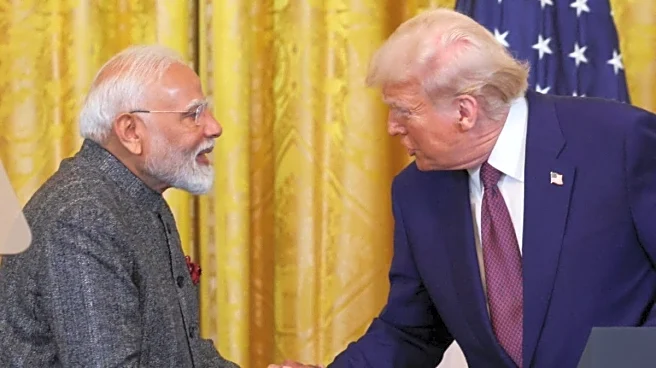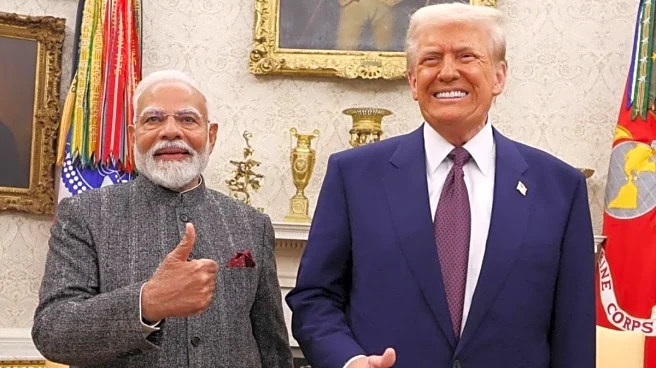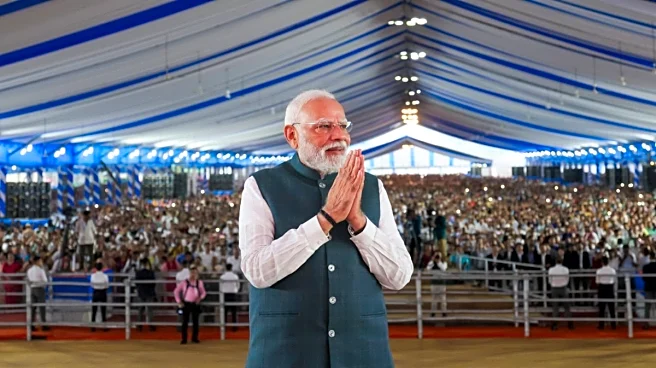It is a dream of many to trade a green card for US citizenship. But from October 20, 2025, that dream will get tougher. The US Citizenship and Immigration Services (USCIS) has rolled out a sweeping overhaul of the naturalisation process, starting with a revamped civics test that is more demanding than ever.
Additionally, some major changes include stricter English proficiency checks, deeper vetting of your “good moral character,” and even neighbourhood snooping to ensure you are living the American way. This is not a tweak — it is a transformation, with the first changes landing just weeks from now and more promised soon.
For the nearly 5.2 million Indians in the US—many toiling through H-1B visas and decade-long green card waits – the new changes
hit home hard. As per USCIS, nearly 50,000 Indians became citizens last year, second only to Mexicans, chasing the perks of voting, visa-free travel, and family sponsorship.
But with the US tightening its noose around immigrants, what do these changes mean? Are they a fair push for integration or a gatekeeping move in a polarised nation? Let’s break down the revamped rules, their roots, and their ripple effects on India’s diaspora, all in the context of a world where borders are growing pricklier.
What’s The Civics Test?
The naturalisation civics test is a rite of passage to prove that a person has internalised America’s history and governance. Since 2008, it has been a straightforward oral exam—10 questions drawn from a pool of 100, covering basics like “Who is the current president?” or “What’s the supreme law of the land?”. You needed 6 correct to pass, and 91% did. Easy enough, right?
Not anymore. Effective October 20, 2025, the test reverts to a beefier 2020 format, tweaked for today: 20 questions from a pool of 128, with 12 correct needed to pass. Officers stop once you hit 12 right or 9 wrong, sparing you a full grilling if you are on a roll.
The questions dig deeper—think “What are the enumerated powers of Congress?” or “How does the Electoral College work?” alongside classics like naming the 13 original colonies (Delaware, Pennsylvania, etc.). The test is still oral, so accents or jitters can trip you up, but USCIS insists it is fair, with free study tools like flashcards, apps, and videos on their Citizenship Resource Center.
Why the beef-up? USCIS says it is about ensuring new citizens truly grasp America’s constitutional DNA, not just memorize trivia. The test aligns with the Immigration and Nationality Act’s (INA) mandate to show “attachment to the principles” of the US system. But it is not just about history buffs. The stakes are high: If you fail the test twice, and your application goes for a toss, delaying dreams by months or years.
Why Have The New Rules Been Made?
The civics test is just the opening act. The 2025 overhaul is a full-blown production, tightening every screw of the naturalisation machine. English proficiency—reading, writing, and speaking basics—now faces stricter scrutiny for disability exemptions; no more sliding by with a doctor’s note. “Good moral character,” a long-standing requirement, is not just about avoiding jail time anymore. Applicants must now prove they are uplifting society—think volunteering at a food bank, coaching Little League, or fundraising for a temple.
Moreover, the USCIS is reviving neighbourhood investigations. Officers will knock on doors, quiz neighbours, and verify your living situation as claimed—no sham marriages or sketchy addresses. If someone has messed up by voting illegally or claiming US citizenship falsely, then he or she is automatically disqualified, with no appeal. And don’t expect leniency: USCIS is doubling down on background checks, with a nod to “further enhancements” coming soon—possibly ideological screenings or tighter fraud probes.
This is all part of a stated mission to protect the “integrity” of citizenship, dubbed the “most sacred” status by officials. With 818,500 naturalisations in FY2024—a 7% dip from peaks but 12% above pre-Covid—USCIS argues rigour ensures trust. But critics see a harder truth: These rules, born under Trump’s “America First” banner, echo a broader clampdown, from border walls to slashed refugee camps.
A Look At America’s Never-ending Immigration Debate
Naturalisation tests are not new; they are woven into America’s immigrant tapestry. In the early 1900s, Ellis Island judges grilled newcomers on everything from George Washington’s birthday to obscure monuments, often tailoring questions to an applicant’s “look” or accent—code for bias. The 1952 INA formalised the process, mandating civics and English skills to prove loyalty. By 1989, Congress cemented these as non-negotiables, aiming for consistency.
The 2008 test was a compromise: standardised, accessible, with a 91% pass rate. But Trump’s first term (2017-2021) upped the ante with a 2020 overhaul—128 questions, 20 asked, 12 right. Pass rates fell to 87%, and critics cried foul, saying it targeted non-English speakers. Former President Joe Biden rolled it back in 2021 to clear backlogs, but Trump’s 2025 return—bolstered by Project 2025’s conservative playbook—revives the tougher frame with extras. It is less about trivia and more about signalling: Citizenship is a privilege, earned through allegiance, not just residency.
This fits a heated moment. Trump’s 2025 agenda—tariffs, deportations, “Remain in Mexico” reboots—casts immigrants as economic or cultural threats. Denaturalization pushes (revoking citizenship for crimes) and Schedule F plans (purging “disloyal” feds) add menace. With 1 million N-400 applications pending, delays could stretch beyond 12 months, and denials may spike 10-15% if applicants stumble.
How Much Should Indians Worry?
For India’s 2.8 million US diaspora— the first-generation immigrants (those born in India) within the larger Indian American community —these rules are an already arduous trek. Indians snagged 49,700 citizenships in FY2024 (6.1% of total), trailing only Mexico (13.1%), fuelled by techies, doctors, and entrepreneurs in hubs like California, Texas, and New Jersey. With 72,000 green cards issued in FY2023 via H-1B pipelines or family ties, naturalisation is the golden ticket: voting rights, global mobility, and sponsoring parents or siblings.
But the path is brutal. H-1B caps (85,000 annually vs. 500,000+ demand) mean 10 to 20-year green card waits, especially for Indians due to per-country quotas. Once permanent residents (after 3-5 years), citizenship’s the next leap—but now it is thornier. The 20-question civics test demands study time that tech workers or small-business owners—juggling 60-hour weeks and Diwali calls home—struggle to find. For example, Memorise the 27 amendments or the 1789 Constitutional Convention’s players. English fluency is rarely an issue (most Indians ace it), but proving “moral character” through community deeds—like organising a gurdwara food drive—adds paperwork.
Neighbourhood probes hit hard in places like Edison, NJ, where “Little India” thrives. Neighbours might misread cultural norms as “un-American,” risking red flags. Unlawful voting (even accidental) or past visa fibs could sink applications. And Trump’s broader policies—tariffs clipping India’s $80 billion IT exports, deportation drives eyeing undocumented kin (rare for Indians)—cast shadows. Pass rates for Indians hover at 95%, thanks to community classes at mandirs, but new rules could nudge denials up, potentially dropping naturalisations to 45,000 in FY2025. That clips $100 billion remittances and tech talent flows.
Yet Indians adapt. Over 50% of Indian-Americans are citizens, flexing muscle in swing states (think Georgia’s 2024 vote). Groups like the South Asian American Policy Council push for fairer vetting, demanding Hindi study guides. Tips for aspirants? Dive into USCIS’s 128-question bank early, use their app, document every PTA meeting or charity run, and practice interviews to calm nerves. The $725 filing fee (waivable for 14%) stings, but OCI status lets you keep Indian ties.
The Bigger Picture
These rules are not just bureaucratic—they are a mirror to America’s soul. With 53 million immigrants driving 19% of the workforce, tightening citizenship risks a $1.6 trillion GDP dent if inflows slow. Critics warn of bias: Stricter rules hit non-English speakers or low-income applicants hardest, echoing 1920s quotas against “undesirables.” Supporters counter that rigorous tests foster unity, ensuring new citizens share America’s values—checks, balances, and all.
For Indians, it is a familiar hustle. From Bhagat Singh Thind’s 1923 citizenship fight to Nikki Haley’s political rise, the diaspora’s weathered storms. These rules are a steeper hill, not a wall.
As USCIS hints at more changes, the message is clear: Citizenship’s a prize, not a promise. In a nation wrestling with who belongs, Indians are writing their chapter—one civics answer, one community deed at a time.

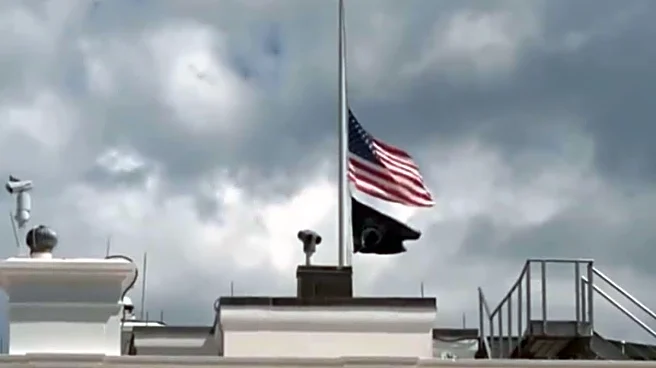


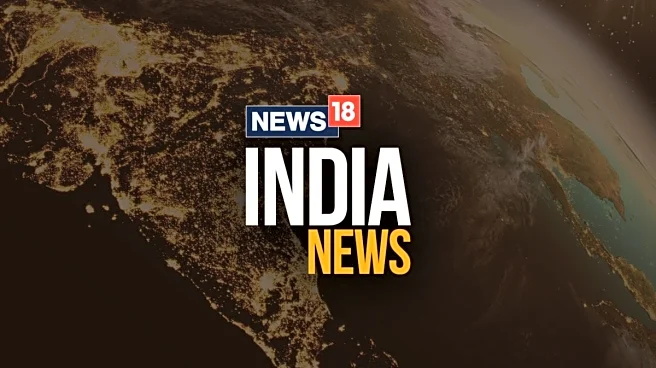
/images/ppid_a911dc6a-image-175825002623732234.webp)

/images/ppid_59c68470-image-175826502950075160.webp)

/images/ppid_a911dc6a-image-175804722651778058.webp)
